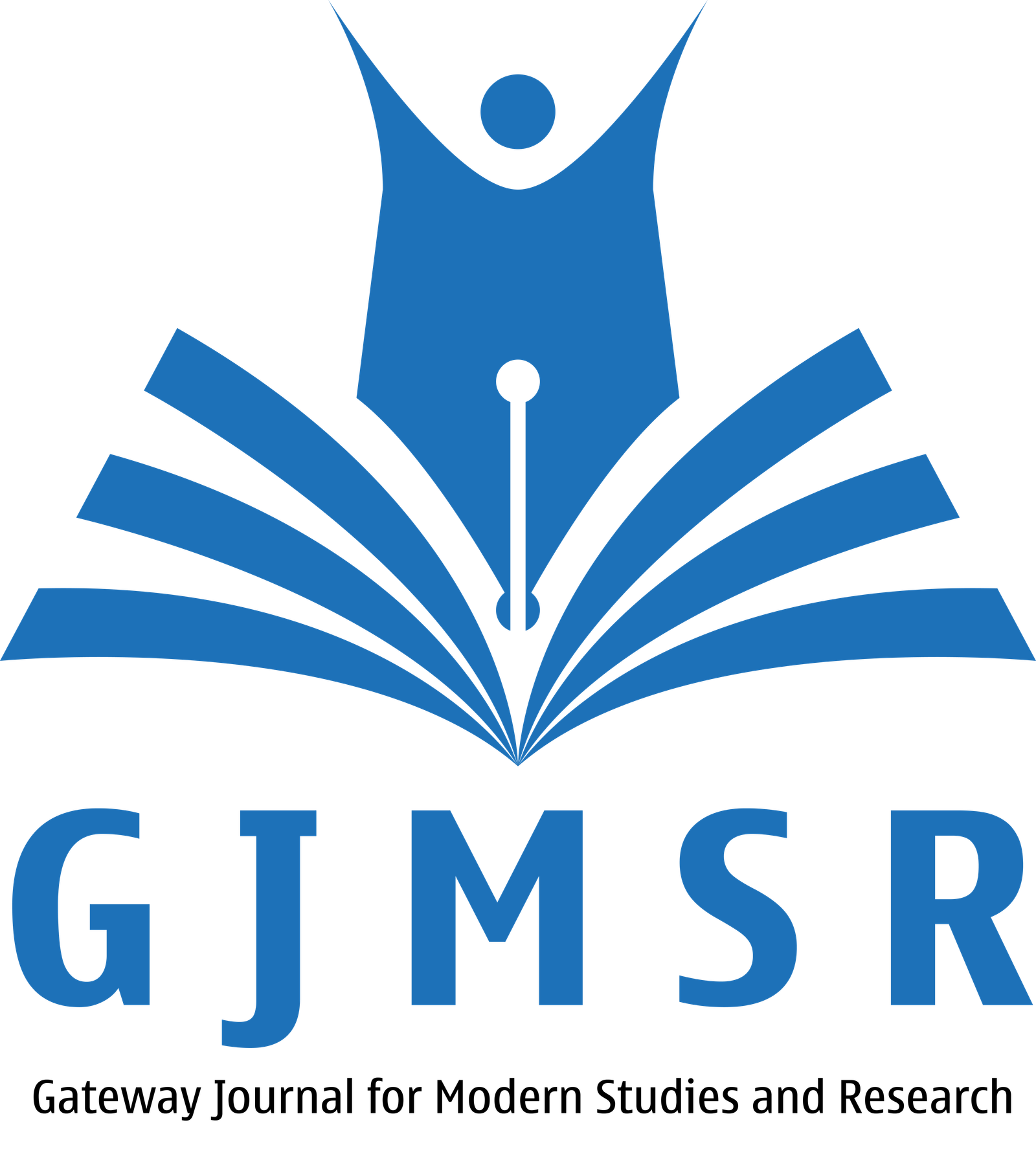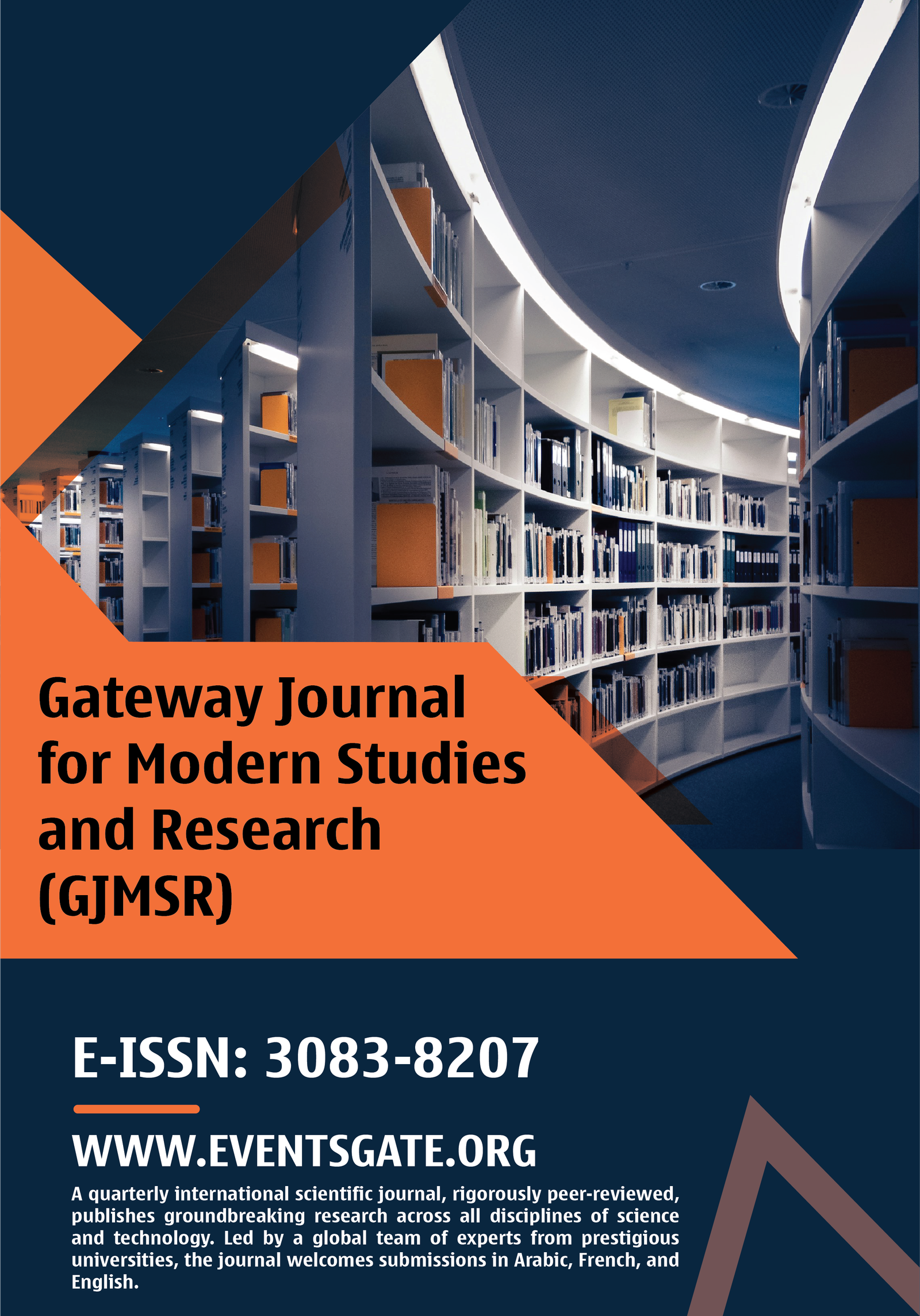تطبيق طريقة التدريس المنظم عالي الإنتاجية (HOST) في برنامج تدريب المدربين
DOI:
https://doi.org/10.61856/0jxcfy97الكلمات المفتاحية:
كفاءة التدريس، أسلوب التدريس، حجم التأثير، تقييم التغيير، ما قبل التغيير وما بعده.الملخص
أدى الوعي المتزايد بالاختلافات الكبيرة بين المعلمين إلى حوار مستمر بين المعلمين والباحثين وصناع السياسات حول كيفية تحسين ممارسات التدريس. يعد تحديد فعالية وكفاءة التدريس من خلال مقاييس التعلم أمرا بالغ الأهمية للتعليم. تعد طريقة التدريس المنظم عالي الإنتاجية (HOST) هي إطار تدريس فعال وكفء باستخدام استراتيجيات قائمة على الأدلة وهيكل تدريس مبتكر. تقدم هذه الدراسة نتيجة استخدام طريقة التدريس HOST في برنامج لتدريب المدربين. أجرينا دراسة شبه تجريبية لمجموعة عشوائية واحدة تضم 89 مشاركا في برنامج تدريب المدربين حيث طلب منهم تقييم تعلمهم ذاتيا من خلال الإجابة على استبانة مكونة من 20 فقرة حول معارفهم ومهاراتهم التي اكتسبوها من البرنامج. تصميم التقييم القبلي والبعدي لمجموعة واحدة هو تصميم بحث شبه تجريبي يتم فيه قياس المتغير التابع نفسه في مجموعة واحدة من المشاركين قبل تطبيق التدخل (الاختبار المسبق) وبعده (الاختبار اللاحق). ثم يتم حساب حجم تأثير لتدخل HOST من خلال مقارنة درجات التقييم الذاتي القبلي والبعدي. ونظرا لأن أحجام التأثير الموجودة في التصميمات شبه التجريبية لمجموعة واحدة تميل إلى أن تكون أكبر بكثير (ضعف تقريبا) مما في تصميمات التجارب العشوائية المُحكمة (RCTs)، فقد تم تعديل أحجام التأثير الناتجة بقسمتها على إثنين كما تقترحة الدراسات والبحوث في هذا المجال. وقد أظهرت نتائج الدراسة تأثيرا مرتفعا جدا لطريقة التدريس HOST. وخلصت الدراسة إلى أنه يوصى باستخدام هذه الطريقة في التدريب.
المراجع
Azzat, M. H., & Tikrity, M. (2024). Highly optimised structured teaching: Case study, descriptive statistics. Innovations Journal of Humanities and Social Studies, 2(2).
Azzat, M. H. (2024), Private communication with the author.
Barber, M., & Mourshed, M. (2007). How the world's best-performing school systems come out on top. London, UK: McKinsey & Company.
Berliner, D. C. (1987). Simple views of effective teaching and a simple theory of classroom instruction. In D. C. Berliner & B. Rosenshine (Eds.), Talks to teachers (pp. 93-110). New York: Random House.
Berliner, D. C. (1990). What's all the fuss about instructional time? In M. Ben-Peretz & R. Bromme (Eds.), The nature of time in schools: Theoretical concepts, practitioner perceptions (pp. 3–35). Teachers College Press.
Carroll, J. B., & Spearritt, D. (1967). A study of a “model of school learning.” Monograph Number 4. Retrieved from http://files.eric.ed.gov/fulltext/ED045477.pdf
Darling-Hammond, L., Hyler, M. E., Gardner, M. (2017). Effective Teacher Professional Development. Palo Alto, CA: Learning Policy Institute. https://learningpolicyinstitute.org/sites/default/files/product-files/Effective_Teacher_Professional_Development_REPORT.pdf
Estrada, E., Ferrer, E., & Pardo, A. (2019). Statistics for evaluating pre-post change: Relation between change in the distribution center and change in the individual scores. Frontiers in Psychology, 9, 2696. https://doi.org/10.3389/fpsyg.2018.02696
Furness, T. (2022). Do you want to be effective or efficient? A Post in https://octopusbi.com/do-you-want-to-be-effective-or-efficient/
Gerritsen, S., Plug, E. & Webbink, D. (2014). Teacher quality and student achievement: Evidence from a Dutch sample of twins. CPB Netherlands Bureau for Economic Policy Analysis
Guerriero, S. (2014). Teachers’ Pedagogical Knowledge and the Teaching Profession. OECD Report. https://www.oecd.org/education/ceri/Background_document_to_Symposium_ITEL-FINAL.pdf
Hanushek E. A. (2015). Time in education: introduction, The Economic Journal, Volume 125, Issue 588, F394-396.
Hanushek, E. A. (1992). The trade-off between child quantity and quality. Journal of Political Economy, 100(1), 84-117. https://www.jstor.org/stable/2138807
Hanushek, E. A. (2002). Teacher Quality. Hoover Institution Press
Hanushek, E. A., & Woessmann, L. (2015). The knowledge capital of nations: Education and the economics of economic growth. Cambridge, MA: MIT Press.
Hattie, J. (2011). Which strategies best enhance teaching and learning in higher education? In D. Mashek & E. Y. Hammer (Eds.), Empirical research in teaching and learning: Contributions from social psychology (pp. 130–142). Wiley Blackwell. https://doi.org/10.1002/9781444395341.ch8
Hattie, J. (2012). Visible learning for teachers: Maximizing impact on learning. New York: Routledge.
Hawthorne, H. (2022). What is Effective Teaching? Sutton Trust. https://www.highspeedtraining.co.uk/hub/what-is-effective-teaching/
Higgins, S. and Katsipataki, M. and Kokotsaki, D. and Coleman, R. and Major, L.E. and Coe, R. (2013) 'The Sutton Trust - Education Endowment Foundation Teaching and Learning Toolkit', Manual. Education Endowment Foundation, London.
Johnes, J., Portela, M., & Thanassoulis, E. (2017). Efficiency in education. Journal of the Operational Research Society, 68(4), 331–338. DOI: 10.1057/s41274-016-0109-z
Koedel, C., & Betts, J. R. (2007). Re-Examining the Role of Teacher Quality in the Educational Production Function. Vanderbilt: National Center on Performance Incentives.
Lakens, D. (2013). Calculating and reporting effect sizes to facilitate cumulative science: A practical primer for t-tests and ANOVAs. Frontiers in Psychology, 4, 863. https://doi.org/10.3389/fpsyg.2013.00863
Marzano, R. J., Pickering, D. J., & Pollock, J. E. (2001). Classroom instruction that works: Research-based strategies for increasing student achievement. Alexandria, VA: Association for Supervision and Curriculum Development.
Merrill, D. (1983). Component Display Theory. In C. M. Reigeluth (Ed), Instructional Design Theories and Models: An Overview of their Current States. Hillsdale, NJ: Lawrence Erlbaum.
Merrill, D. (2002). First principles of instruction. Educational Technology Research and Development, 50(3), 43-59. https://mdavidmerrill.files.wordpress.com/2019/04/firstprinciplesbymerrill.pdf
Perez, Barbara (2013).Teacher Quality and Teaching Quality of 7th-Grade Algebra I Honors Teachers Ph.D. Dissertation, Florida Atlantic University. ProQuest LLC,
Rivkin, S., Hanushek, E., & Kain, J. (2005). Teachers, schools, and academic achievement. Econometrica, 73(2), 417–458.
Scholes, L., Lampert, J., Burnett, B., Comber, B. M., Hoff, L., & Ferguson, A. (2017). The Politics of Quality Teacher Discourses: Implications for Pre-Service Teachers in High Poverty Schools. Australian Journal of Teacher Education, 42(4), 19-43. http://dx.doi.org/10.14221/ajte.2017v42n4.3
Taylor, E (2023), “Teacher evaluation and training”, in E, S Machin, and L Woessmann (eds), The Handbook of the Economics of Education, Volume 7, Elsevier (in press).
Tikrity, M. A. (2023). Defining and Measuring Teaching Quality. Article. Smart Teaching System. DOI: 10.13140/RG.2.2.20516.76162
Wiliam, D. (2006). Assessment for learning: why, what and how. Orbit: OISE/UT's magazine for schools. 36. 2-6.
Williamson, R. D. (1998). Scheduling middle level schools: Tools for improved student achievement. Reston, VA: National Association of Secondary School Principals.
Wright, S. P., Horn, S. P., & Sanders, W. L. (1997). Teacher and classroom context effects on student achievement: Implications for teacher evaluation. Journal of Personnel Evaluation in Education, 11(1), 57–67. https://doi.org/10.1023/A:1007999204543
Zammit, K., Sinclair, C., Cole, B., Singh, M., Costley, D., Brown a’Court, L., & Rushton, K. (2007). Teaching and leading for quality Australian schools. A review and synthesis of research-based knowledge. Sydney: University of Western Sydney
التنزيلات
منشور
إصدار
القسم

هذا العمل مرخص بموجب Creative Commons Attribution 4.0 International License.






